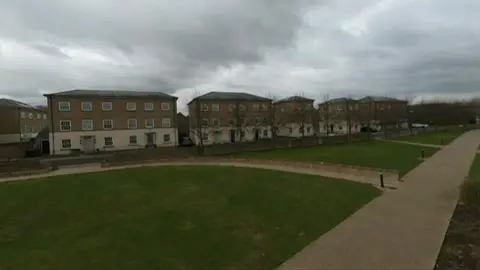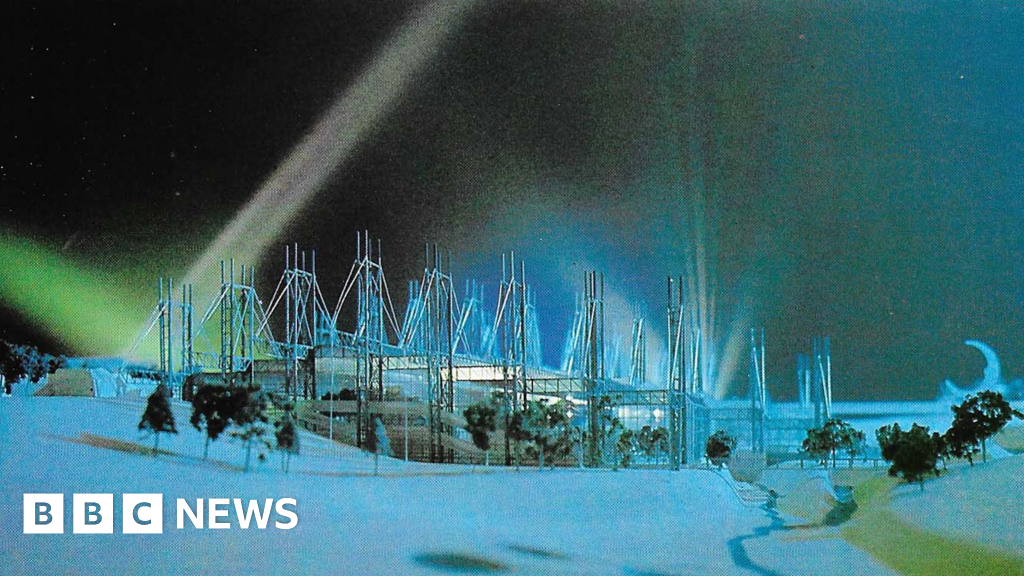BBC News, Northamptonshire
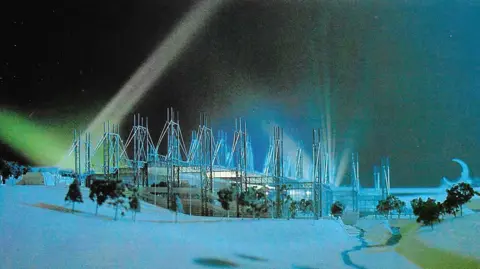 AD Magazine
AD MagazineA new Universal resort near Bedford is due to open in 2031, creating 28,000 jobs and attracting 8.5 million visitors a year.
But more than 40 years ago, a similar vision was announced just outside Corby, Northamptonshire.
Called WonderWorld, the ambitious £346m project promised a British answer to Disney – complete with themed villages, hotels, and rides designed by Monty Python’s Terry Gilliam. But it never opened.
Here’s what was planned, and why it was never built…

Where was WonderWorld?
In 1981, planning permission was granted for WonderWorld to be built on a 1,000-acre site at Priors Hall, about two miles (3km) north-east of Corby.
The land, part of a disused quarry once linked to the town’s former steelworks, was identified as the ideal location due to strong local support.
Signs for the theme park feature in Netflix’s Toxic Town, and it is mentioned in BBC podcast The Toxic Waste Scandal.
Developers Group Five described the area as the perfect home for the park, citing the “positive attitude displayed by the local and county authorities and the Commission for the New Towns”.
The attraction was described as the “equivalent of America’s Disneyland”, and it was supposed to be an answer to unemployment in Corby following the 1980 closure of the steelworks, which led to 10,000 job losses and left nearly a third of the town out of work.
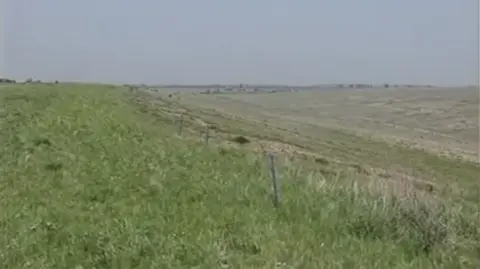
What would be in WonderWorld?
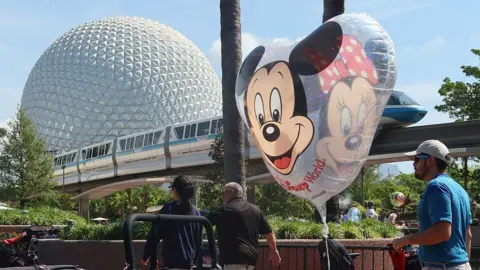 Getty Images
Getty ImagesModelled on Walt Disney World’s Epcot, the attraction was to include 13 themed “villages” built around a central bowl, 700m in diameter.
Six of these were due to open in the summer of 1992, with a projected four million annual visitors and parking for 7,000 vehicles.
Plans included hi-tech rides, educational centres, themed restaurants, a conservation zone and shopping areas.
A brochure promised “a unique resort set in beautifully landscaped surroundings”, with an “accent very much on participation”.
In 1985, one of the architects, Derek Walker, said: “The basic ingredients [for WonderWorld] are very simple: entertainment at the very highest level. It’s participatory and it’s incredibly educational.
“[WonderWorld] will offer the best of British design.”

Botanist David Bellamy was involved in planning a mock safari while astronomer Sir Patrick Moore was to contribute to an observatory.
The complex would house a covered 10,000-seat stadium for indoor sports, changing rooms, rugby and football pitches, and all-weather tennis courts.
There were also proposals for a family resort with hotels – 2,000 rooms in seven hotels initially, expanding to 6,000 rooms – and an 18-hole golf course with 100 holiday villas.
The park’s overall goal was to launch a new leisure industry built around “British heritage, folklore, science, and innovation”.
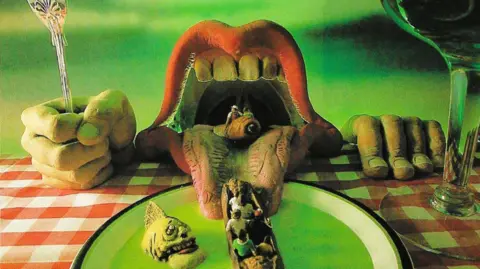 AD Magazine
AD MagazineWho was building WonderWorld?
The developer behind WonderWorld was Group Five, a company that pitched the park as “a family affair” offering a broad mix of attractions to suit all ages and interests.
The first phase of construction was estimated to cost £223m, with the full development forecast to hit £346m.
A 39-month construction timeline was set, aiming for an initial opening in 1985.
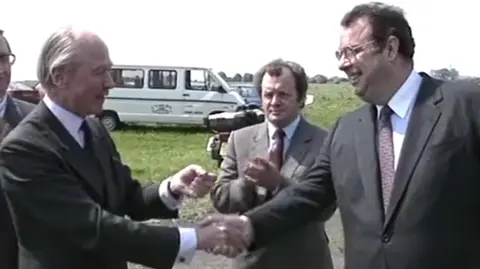
Why was WonderWorld never finished?
Despite early enthusiasm, WonderWorld’s momentum began to stall.
Rising costs, planning delays and difficulty securing long-term funding meant backers pulled out, and so as public investment wavered, the vision began to fade.
All that was ever erected at the site was a large WonderWorld sign and a small wooden cabin.
The land is now home to more than 1,000 houses at Priors Hall Park, and there are plans to build just more than another 5,000 houses.
